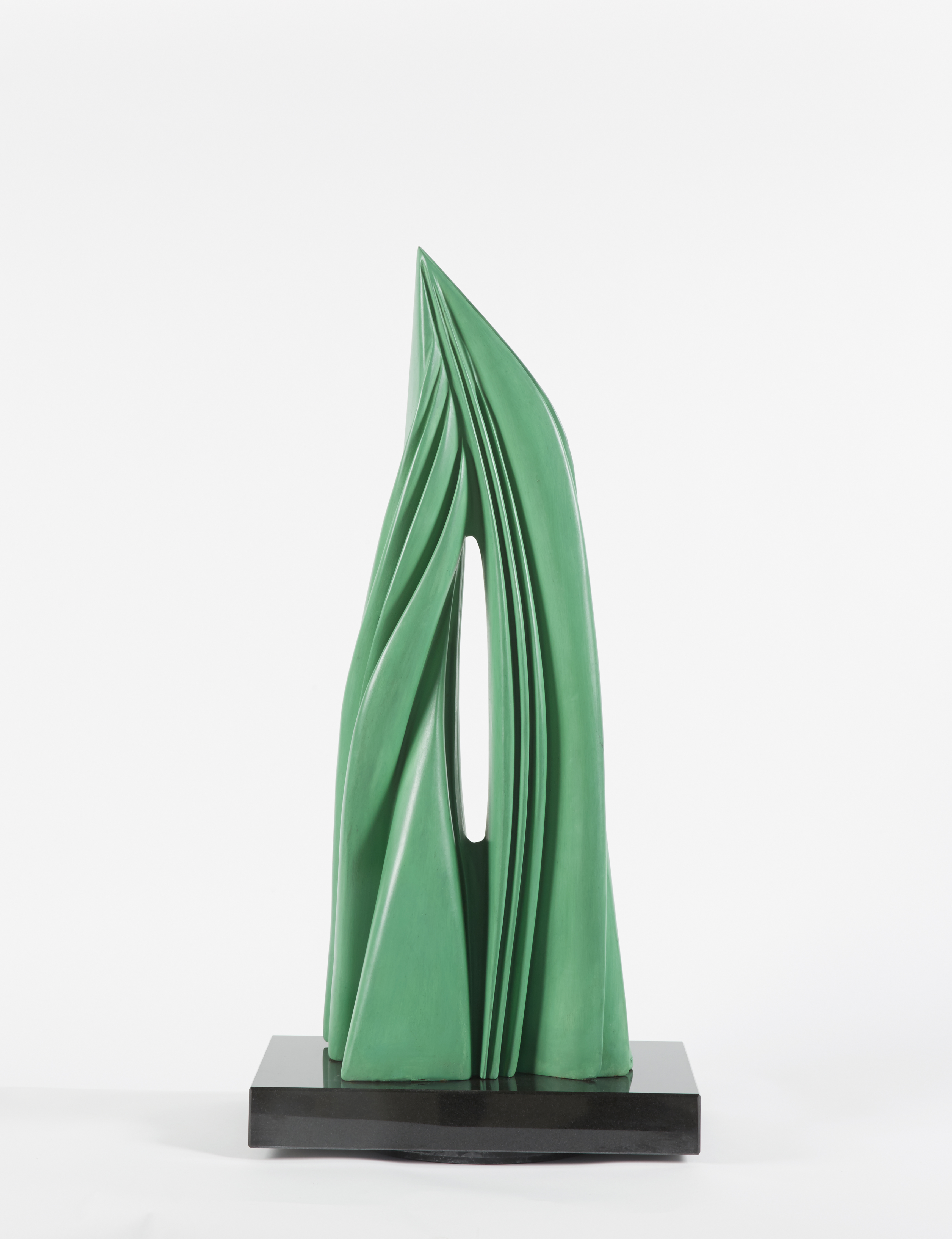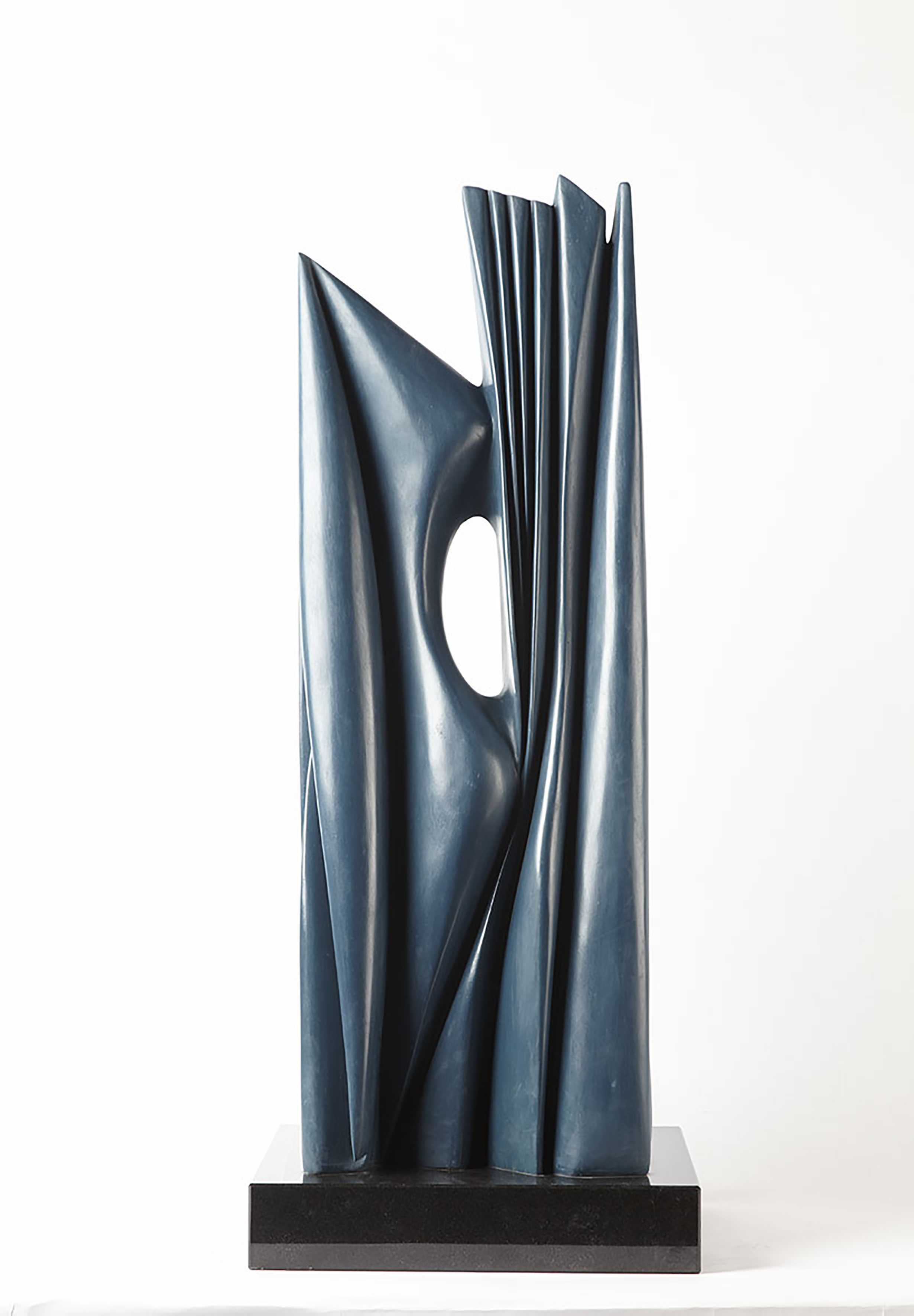
Pablo Atchugarry
MEMORIA PRECOLOMBINA
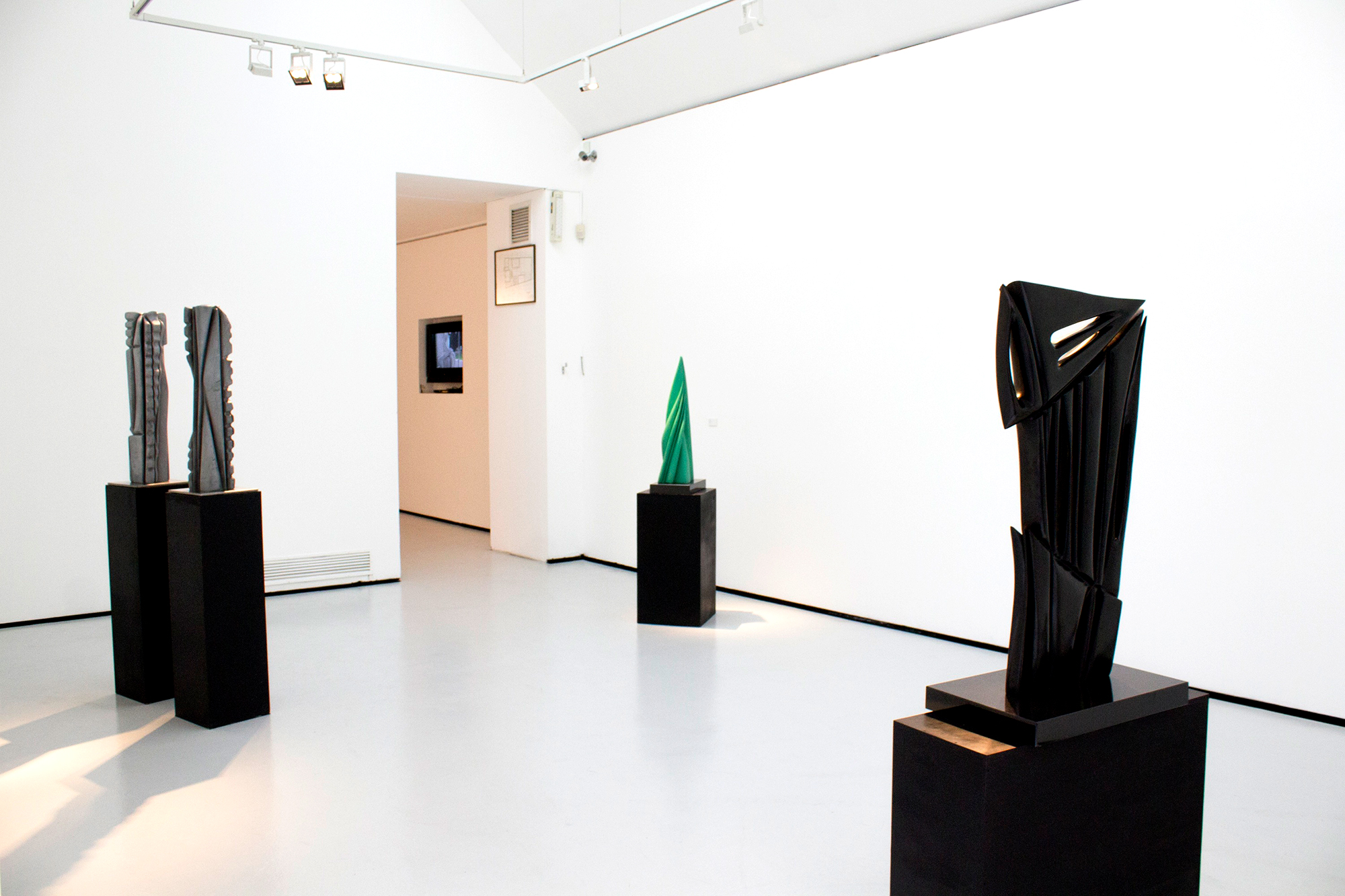
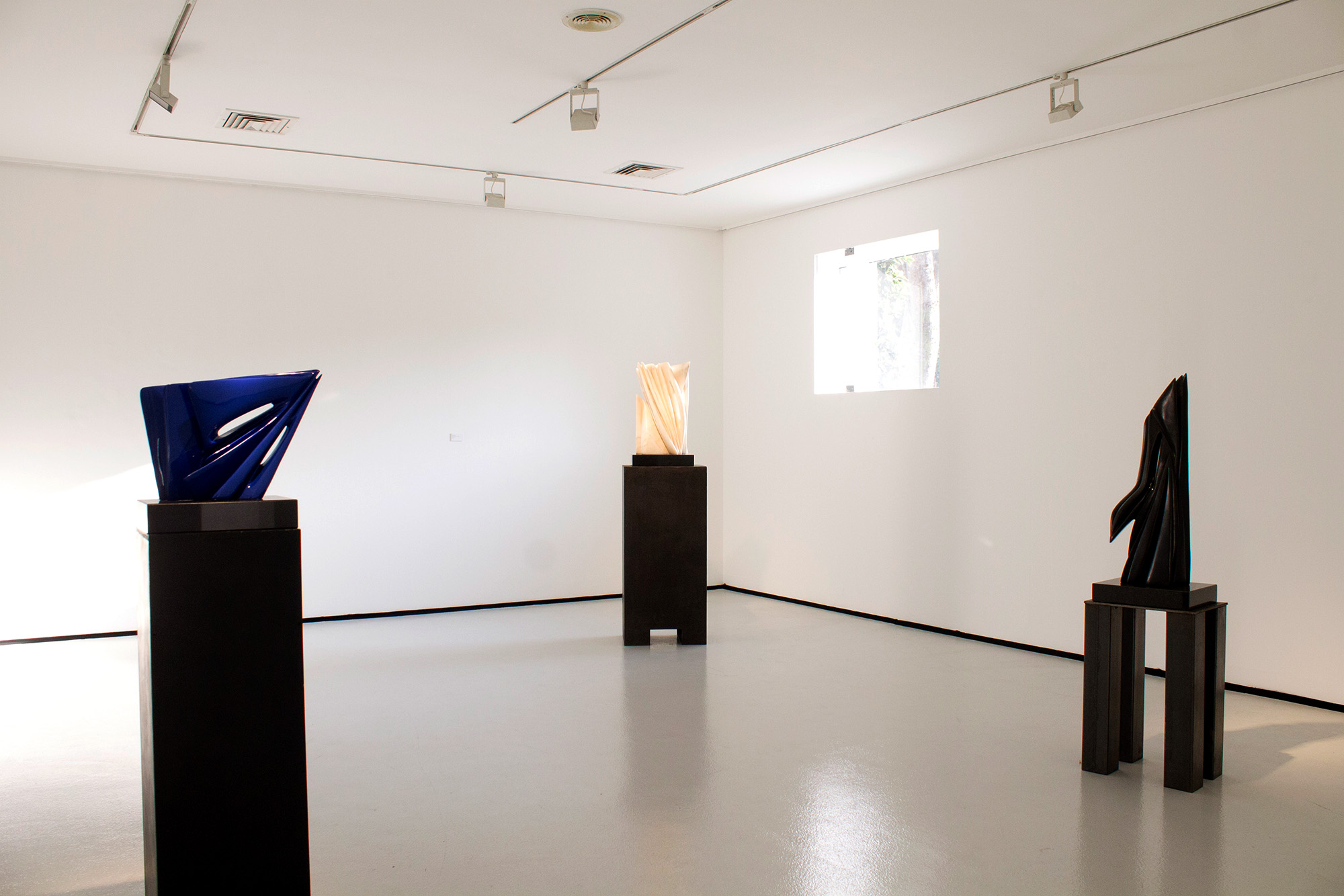


The exhibition that Pablo Atchugarry presents in Lima consists of a set of 10 medium-sized sculptures, worked in bronze, Carrara marble, pink marble from Portugal, and gray Berdiglio marble. "Pablo Atchugarry has long opted decisively for a direct approach to the stone, on which he acts without any kind of intermediation, whether conceptual, executive, or procedural; he personally locates the marble blocks, squared in functional parallelepipeds, choosing practically between two unique materials: the statuary marble of Carrara, diaphanous and preliminarily neutral and abstractive, and the pink marble from Portugal, sensual and mutable, chromatically evocative, often crossed by striking polymorphic intrusions of unpredictable courses and inevitable signic relevance. From that moment on, he begins the direct confrontation with the hard material; naturally, the sculptor, who works alone in his workshop in Lecco, face to face with the Manzoni mountains, exploits all the operational possibilities offered by modern technology, from saws to pneumatic chisels, from drills to mechanical and chemical abrasives; however, despite these facilitations, his work still retains an aura of titanic physical challenge, evoking Leonardo's ironic observation, there in his lightning notes, when he states that sculpture is not a science according to the aristocratic humanistic ideal but "a mechanical exercise, often accompanied by great sweat" Carlos Pirovano, art historian, Italy. "The history of Atchugarry's sculpture is born entirely here, in forms that rise towards the sky, understanding and dialoguing with the environmental space - real, not described - of natural reminiscences and structural simplifications, in the search for an essence that the referential component does not annul, but strips of descriptive connotations. Nature remains one of the main records of the artist's "doing," never, however, naturalistic. And then, yes, one can believe in the presence of a "primitivism" ..., in a dialogue with primary referents, constitutively not committed to the motif. (...), "despite the fact that the work emerges from the devastation of a block of stone, the fold always stands out, as if it had originated from a material that has then folded and intertwined." Luciano Caramel, curator, Sculpture as an art of symbols for the community."
Receive more information on available works from this exhibition.


Untitled VII
2016 Pink marble from Portugal 50 x 30 x 21 cm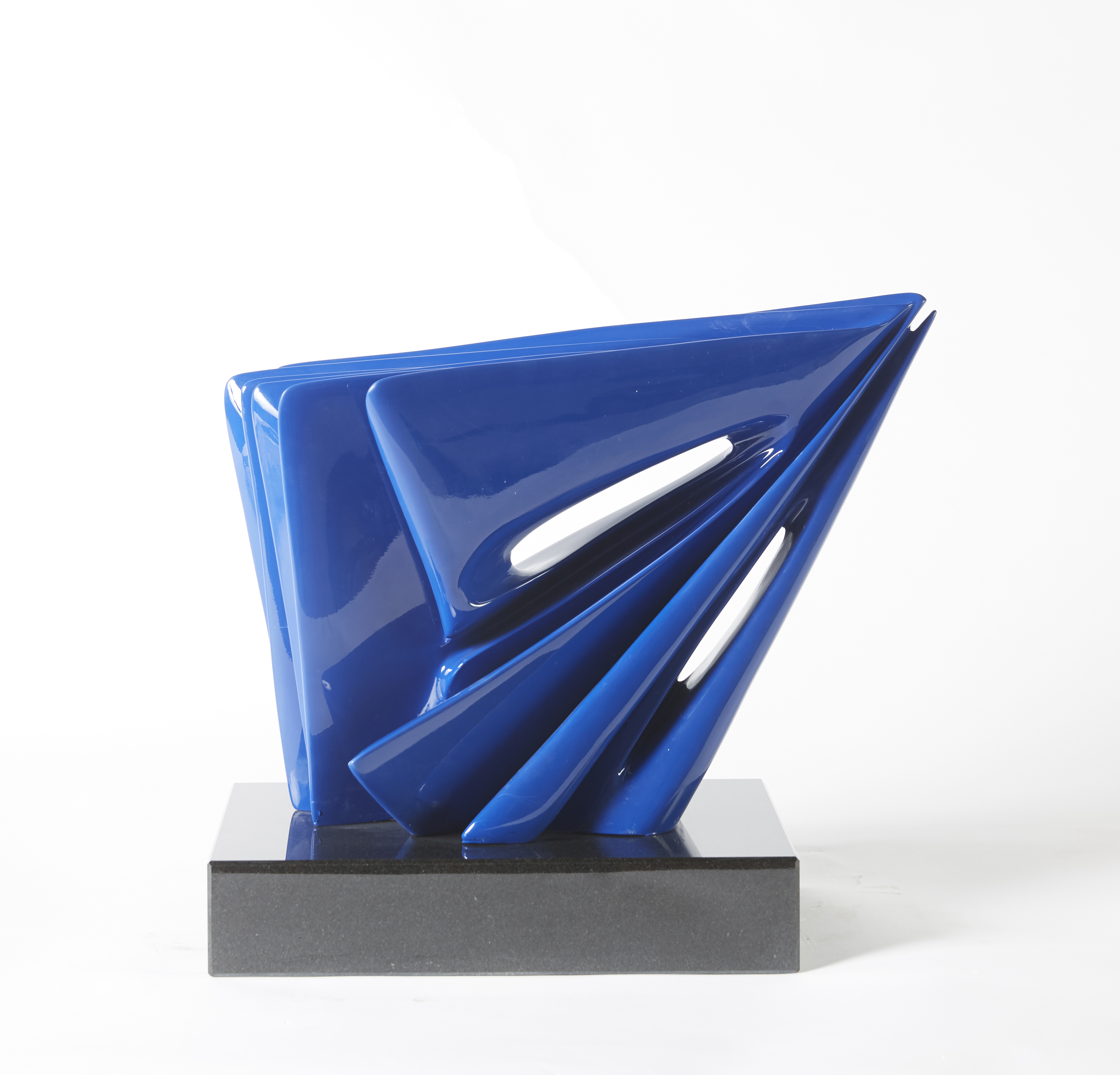
Untitled IV
Bronze with automotive paint 28 x 39 x 19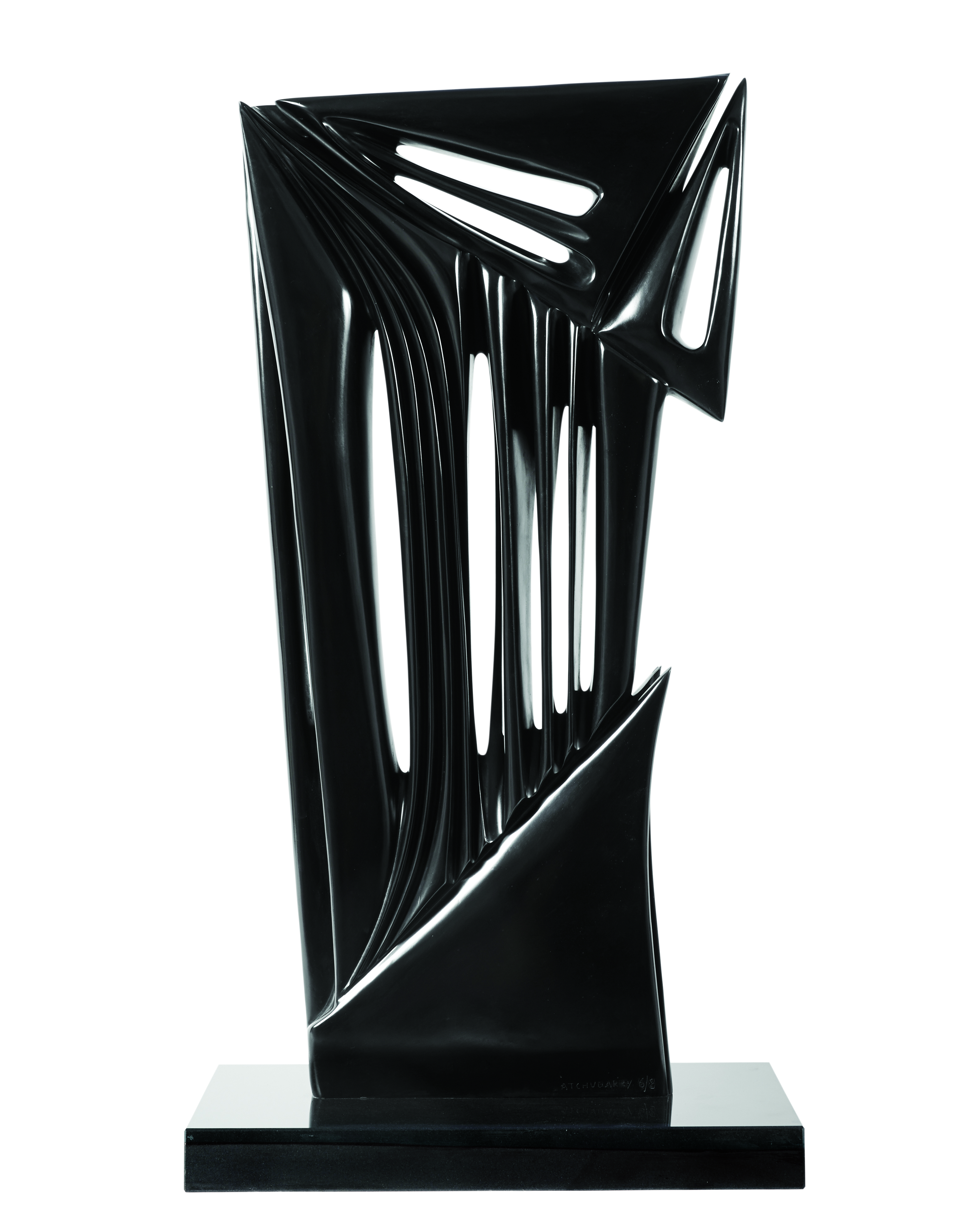
Arpa
2014 Bronze with black patina 97 x 48 x 9 cm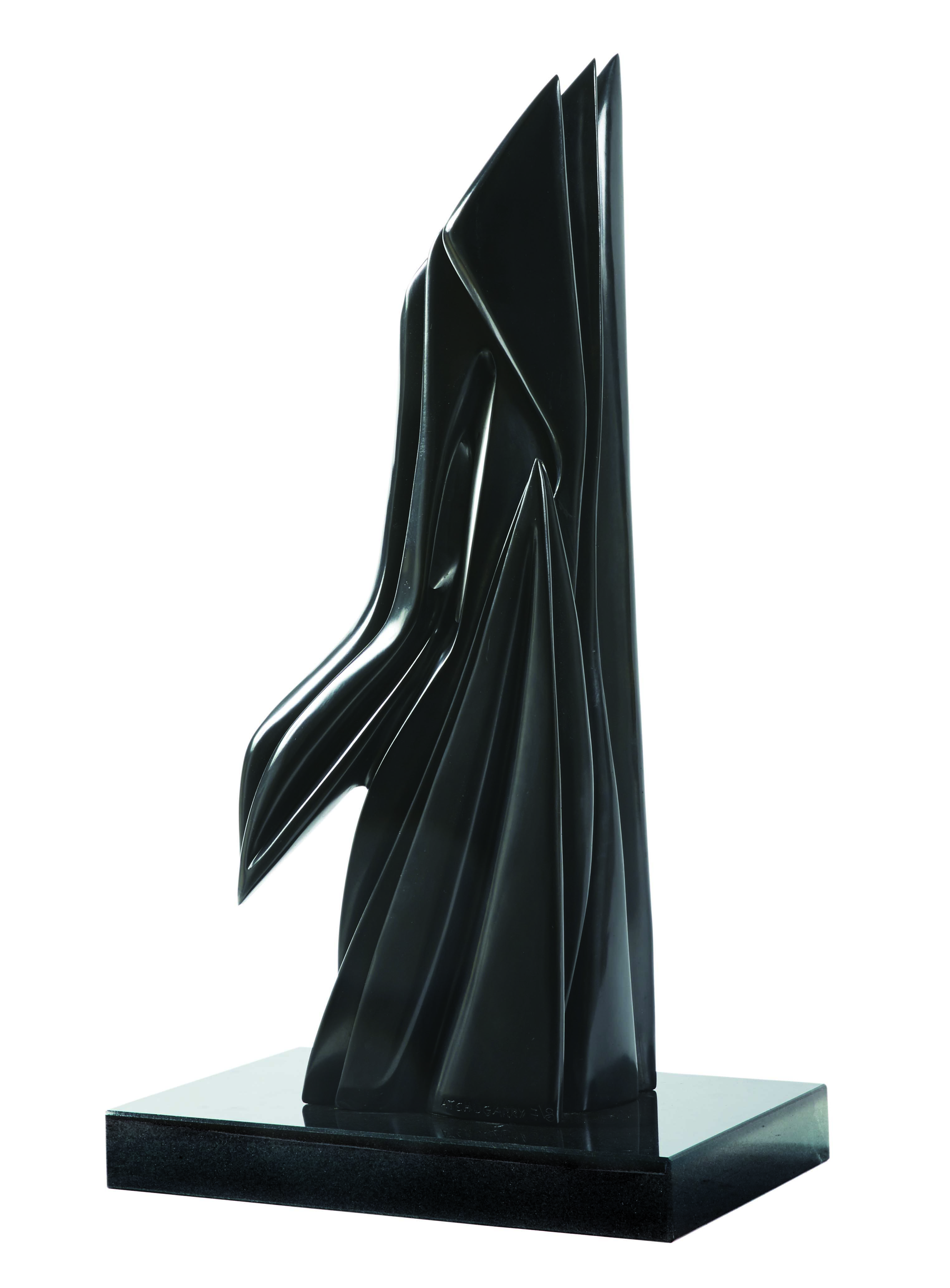
Untitled I
2014 Bronze with blue acrylic 76 x 27 x 14 cm
Untitled VI
2016 Pink marble from Portugal 34 x 33 x 16.5 cm